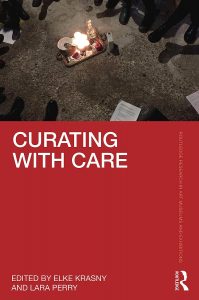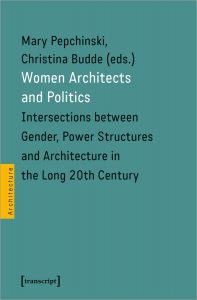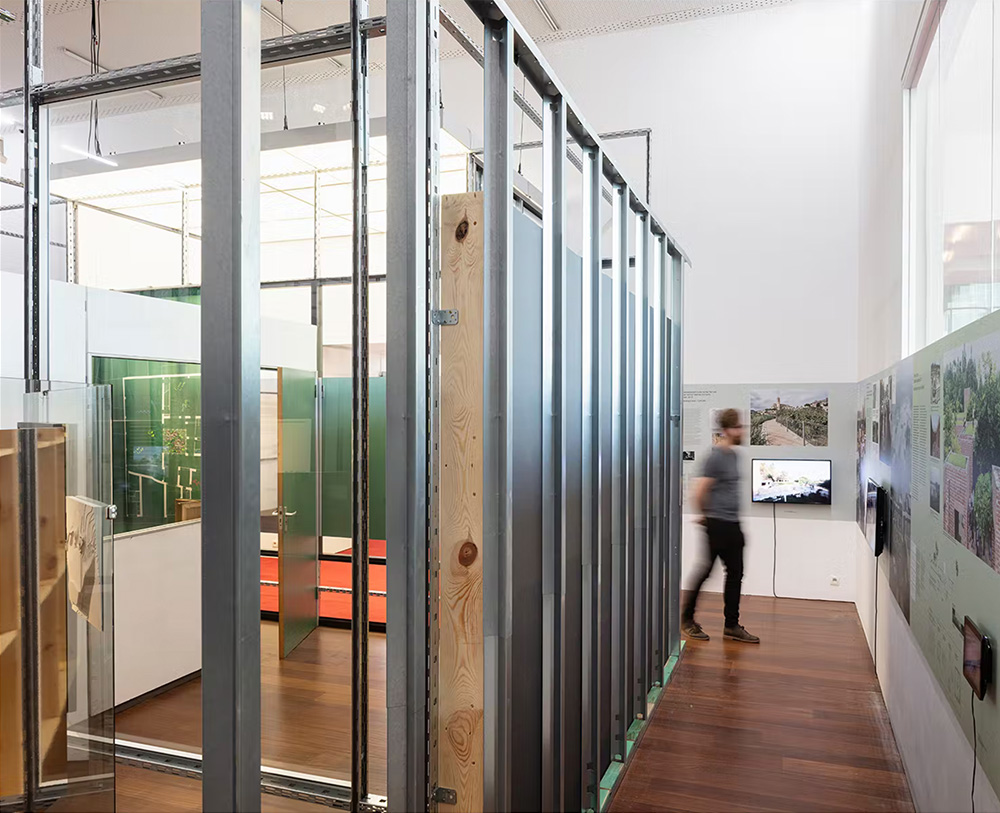Krasny, Elke and Lara Perry. ‘Introduction.’ In Curating with Care, edited by Elke Krasny and Lary Perry, 1-10, London: Routledge, 2023.
The word ‘care’ is becoming as present in the vocabulary of contemporary art and culture as has the word ‘curating’. While some may suspect this upward trend in use reflects mere fashionability, we demonstrate in this book that its prevalence in contemporary curatorial practice should be understood as a response to a dual crisis: the persistent crisis of social and ecological care that characterizes global politics and the more recent professional crisis of curating. The convergence of these two developments has resulted in both a call for ‘curating care’ – an invitation to give curatorial attention to the primacy of care for all life – and a call for more ‘caring curating’ – a change in the practices of curating to foreground caregiving as framed through social and political analysis.
https://www.routledge.com/Curating-with-Care/Krasny-Perry/p/book/9781032069913?gclid=Cj0KCQjw8NilBhDOARIsAHzpbLBMVgjzkWO6gKqWjeN51BZJqQzLYJ_HaPmJ9VMVmFkG-OuLkRH3OyIaAhxrEALw_wcB











